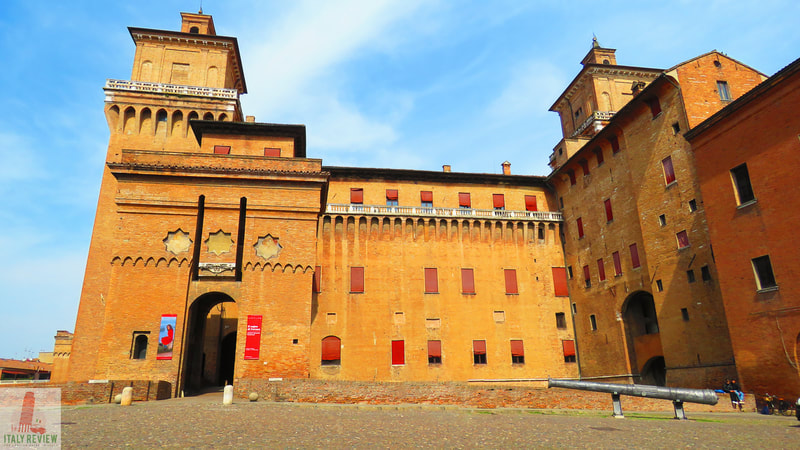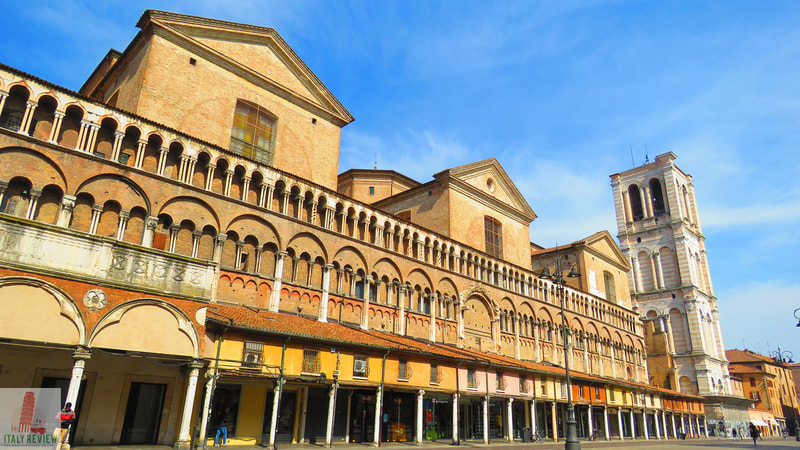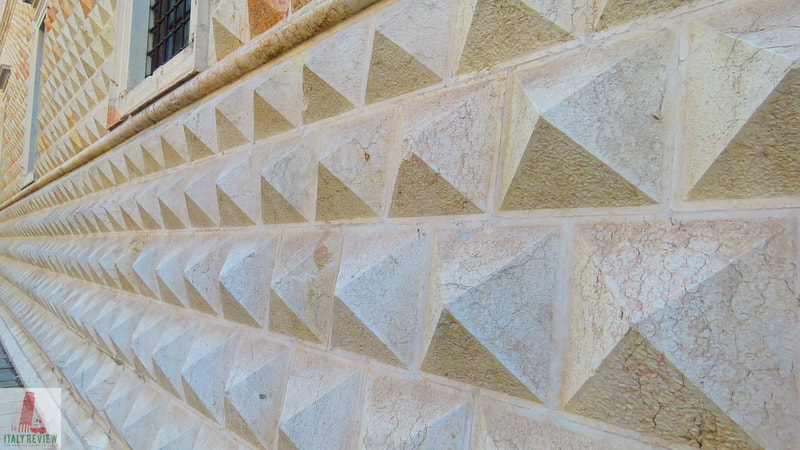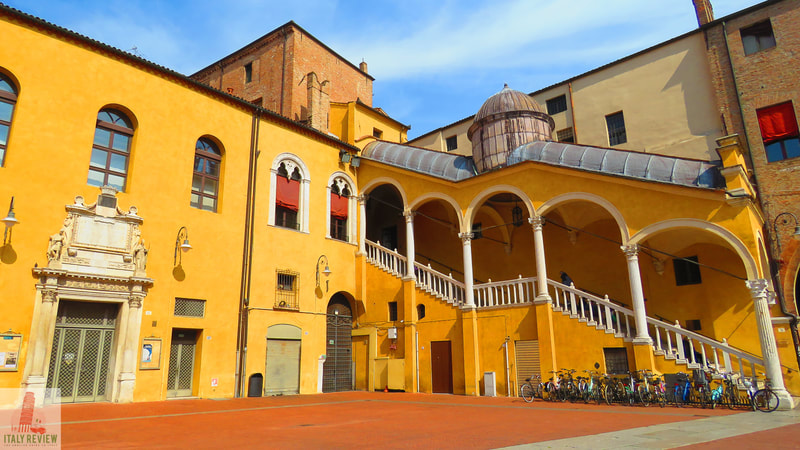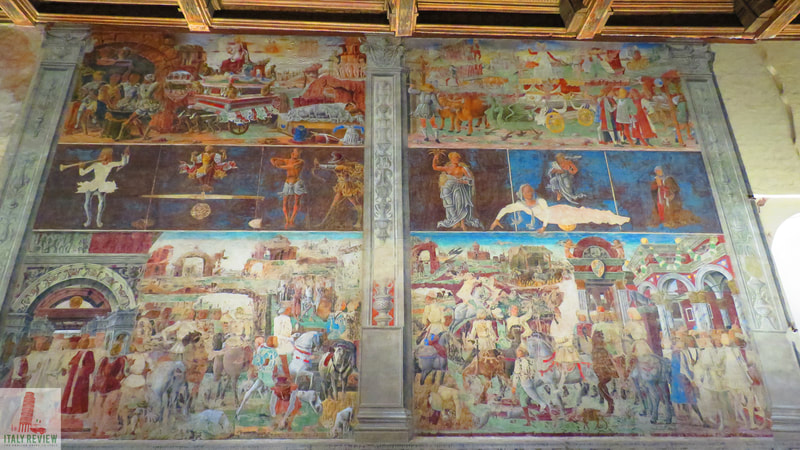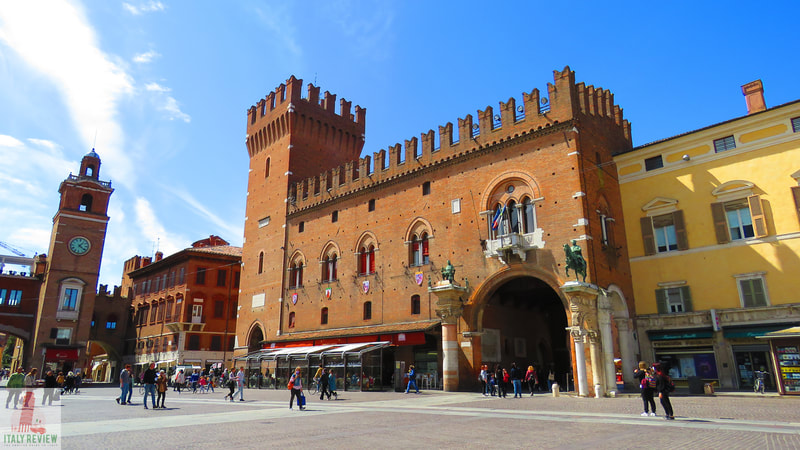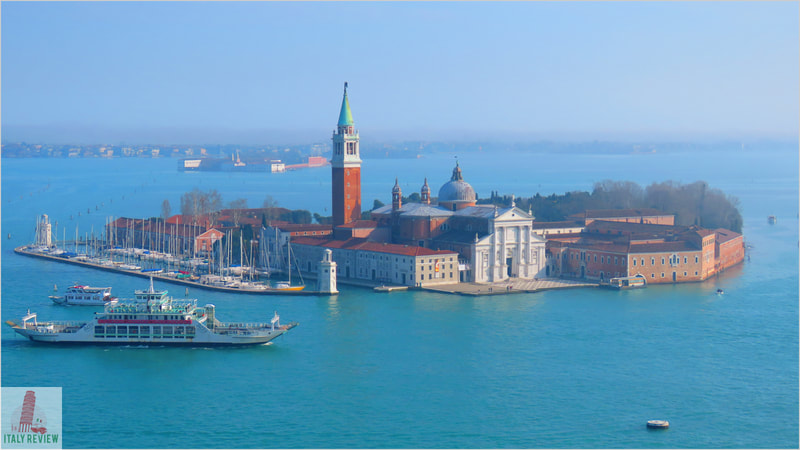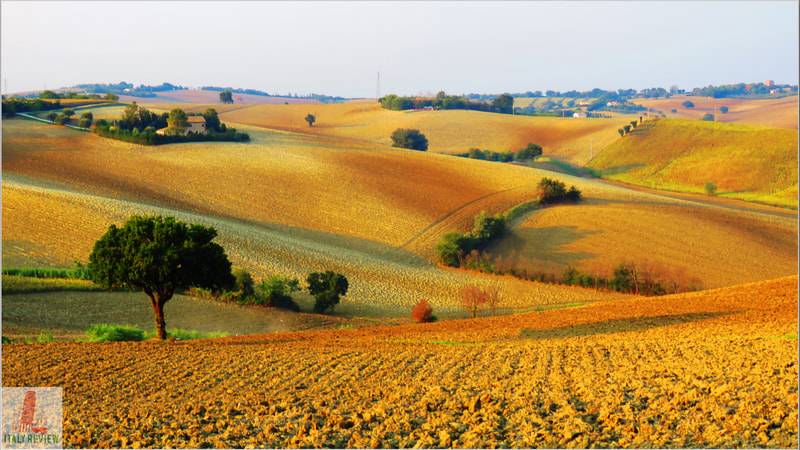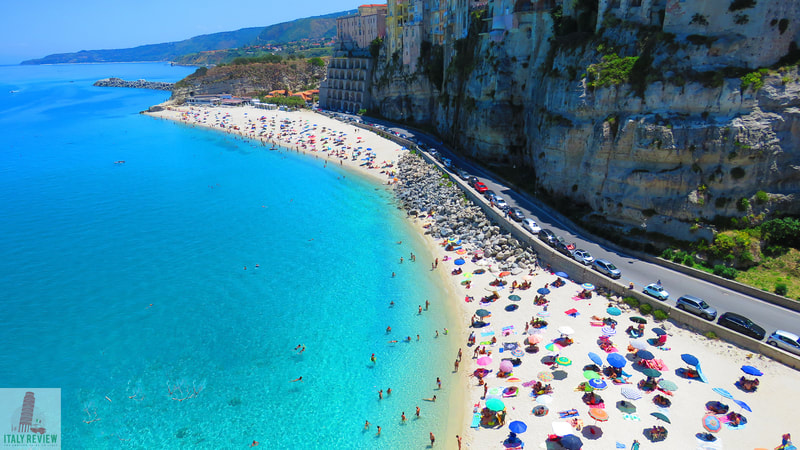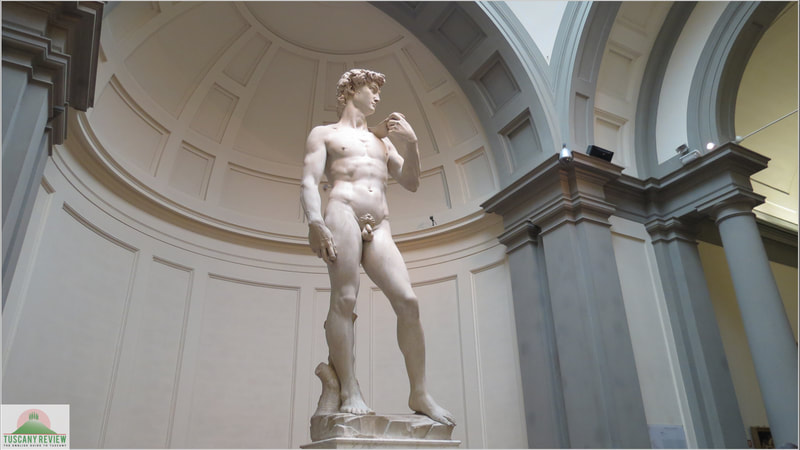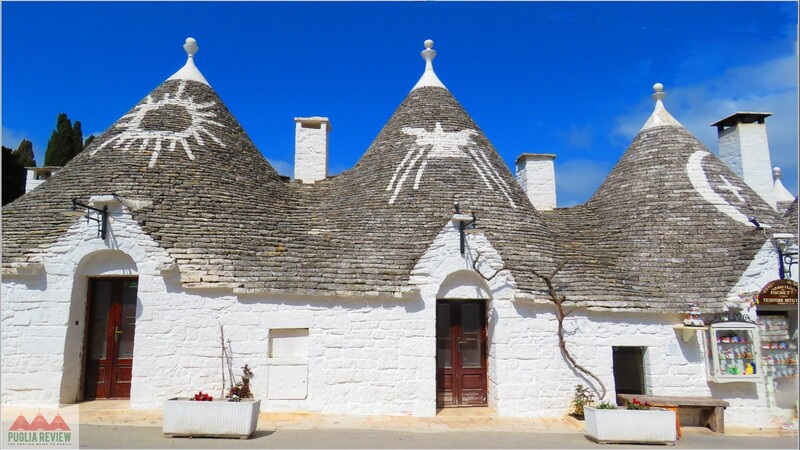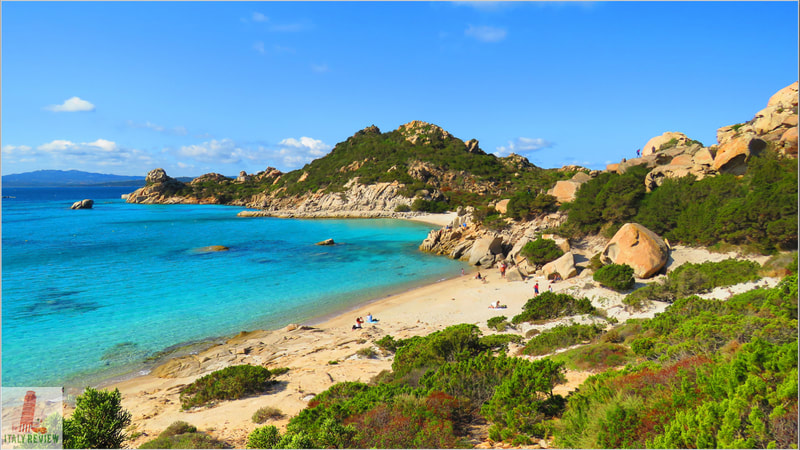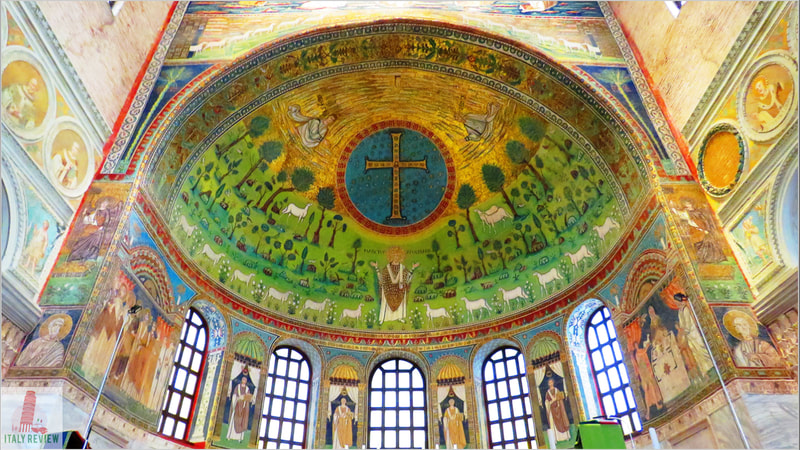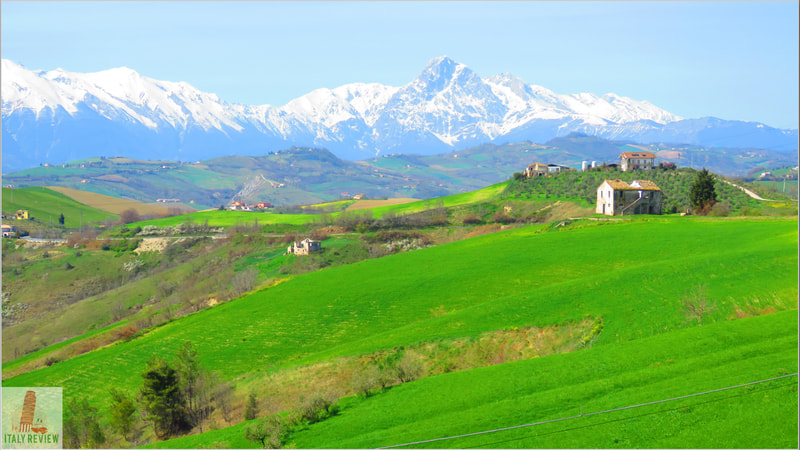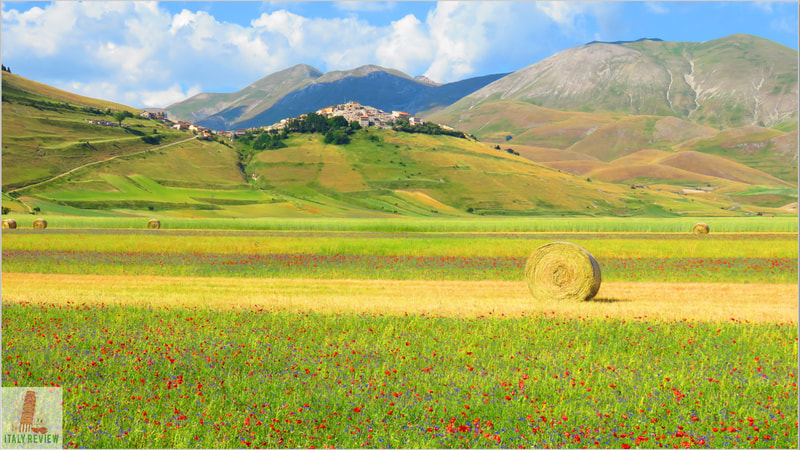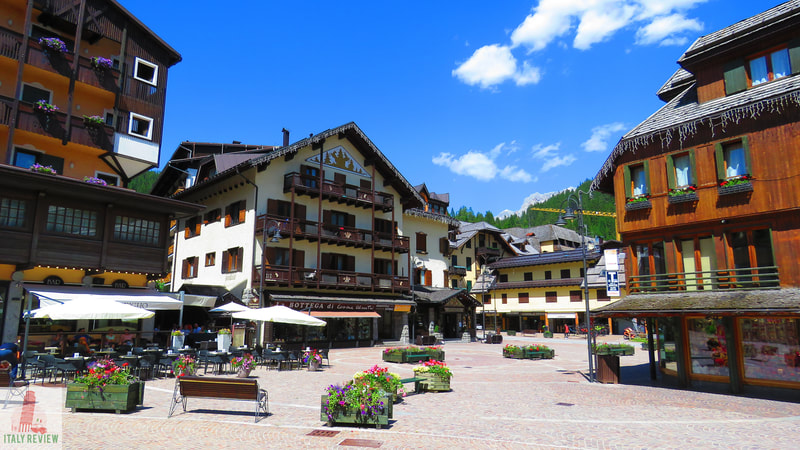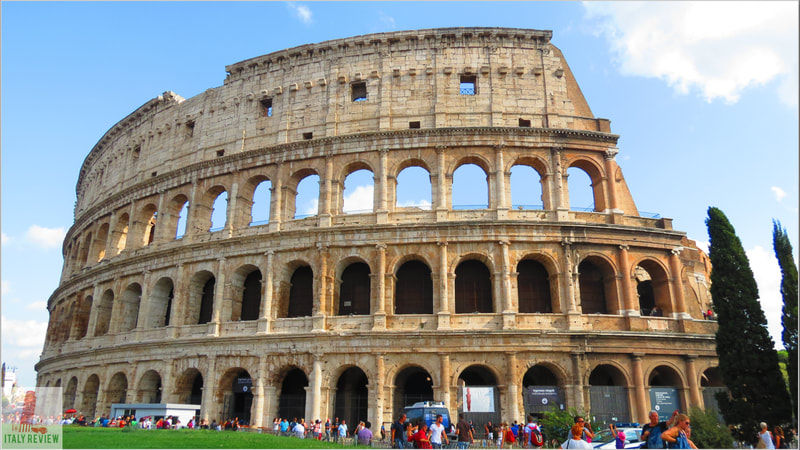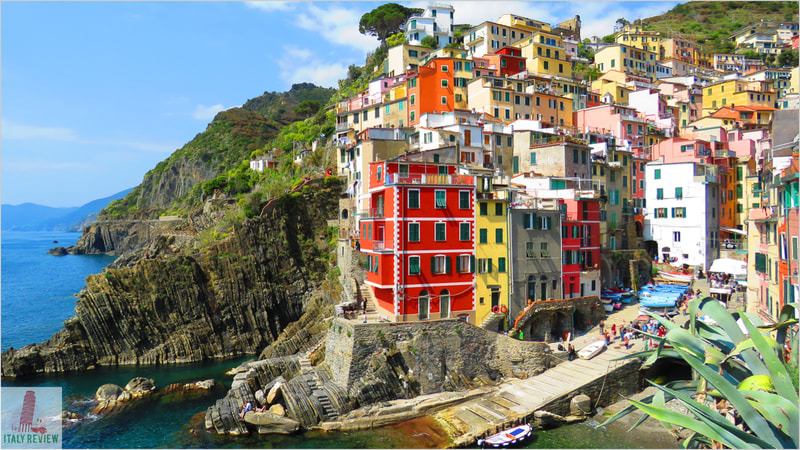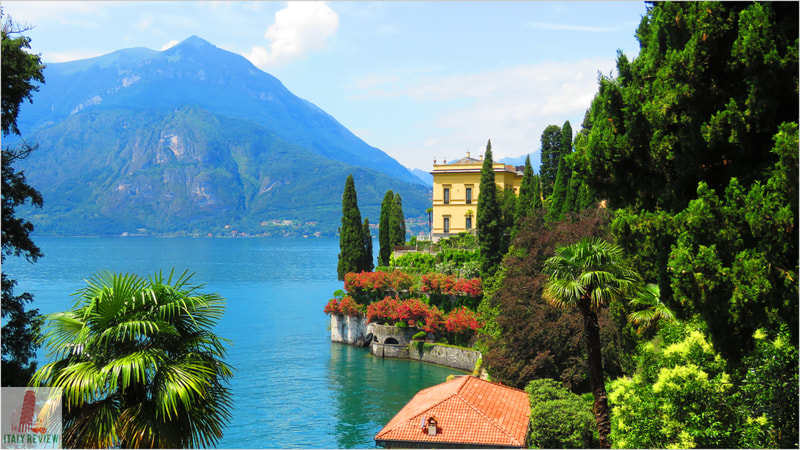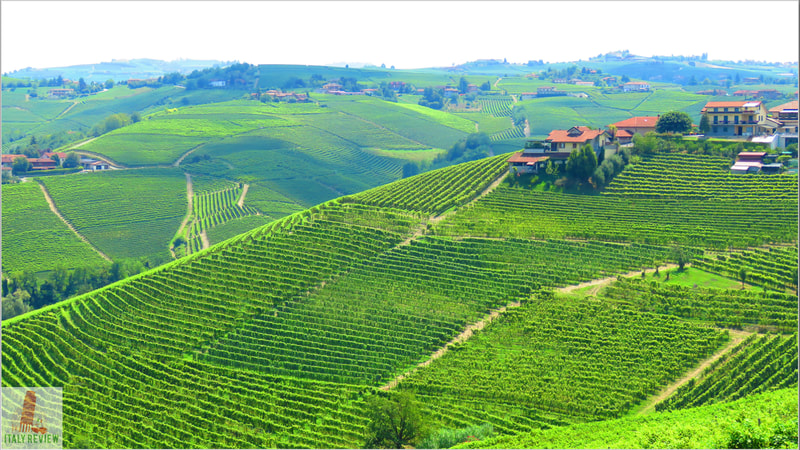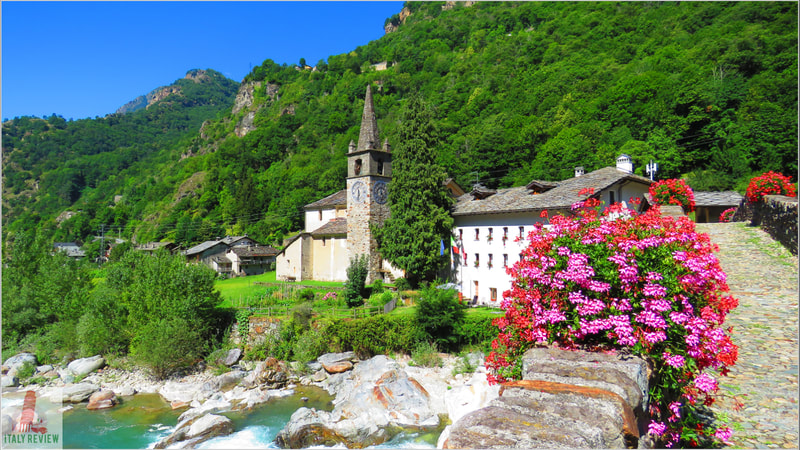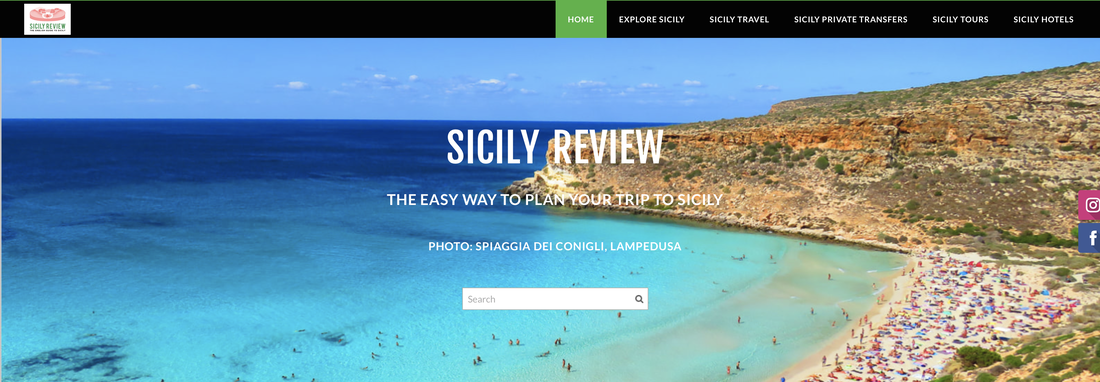Ferrara
|
By Dion Protani
|
Latest update: 30 December 2023
|
|
The city of Ferrara is the capital city of the Province of Ferrara with a population of 132,052 inhabitants.
Situated 50 kilometres inland of the Adriatic coast, it covers a total area of 404 km² and lies 47 kilometres north east of Bologna, the regional capital of Emilia Romagna. "Ferrara, City of the Renaissance and its Po Delta" has been inscribed as a UNESCO World Heritage Site since 1995 with the city itself used as a shining example of Renaissance town planning. |
Related links
Sightseeing Ferrara: Castello Estense
In terms of sightseeing there's really only one place to start: Castello Estense. The 14th century castle was built by the Este family who ruled Ferrara during its time as one of the Italian city states of the Renaissance period before it was swallowed up by the Papal States in the 16th century. The imposing castle with its moat, dominates the landscape of Ferrara city centre. With an entrance fee of €8 for adults, the castle's interior is available to visitors with one of the highlights being the grisly dungeons.
In terms of sightseeing there's really only one place to start: Castello Estense. The 14th century castle was built by the Este family who ruled Ferrara during its time as one of the Italian city states of the Renaissance period before it was swallowed up by the Papal States in the 16th century. The imposing castle with its moat, dominates the landscape of Ferrara city centre. With an entrance fee of €8 for adults, the castle's interior is available to visitors with one of the highlights being the grisly dungeons.
Piazza della Cattedrale and around
There is though, much more to Ferrara than the castle; made up of Renaissance piazzas and a medieval quarter it's interesting to note the different eras of architecture on display. The piazza in front of the castle is called Piazzetta del Castello and just a 3 minute walk south of there brings you to the Palazzo Municipale. The 13th century palazzo is on Piazza della Cattedrale while just around the corner from there is the longer Piazza Trieste e Trento. For all the world the two piazzas feel as if they are one but it is in fact Piazza Trieste e Trento where you'll find the beautiful Gothic facade of Ferrara Cathedral.
Facing the cathedral is its own museum: Museo della Cattedrale and the area south of the museum marks the medieval quarter with its tight, narrow streets such as Via San Romano and Via delle Volte among the most interesting.
There is though, much more to Ferrara than the castle; made up of Renaissance piazzas and a medieval quarter it's interesting to note the different eras of architecture on display. The piazza in front of the castle is called Piazzetta del Castello and just a 3 minute walk south of there brings you to the Palazzo Municipale. The 13th century palazzo is on Piazza della Cattedrale while just around the corner from there is the longer Piazza Trieste e Trento. For all the world the two piazzas feel as if they are one but it is in fact Piazza Trieste e Trento where you'll find the beautiful Gothic facade of Ferrara Cathedral.
Facing the cathedral is its own museum: Museo della Cattedrale and the area south of the museum marks the medieval quarter with its tight, narrow streets such as Via San Romano and Via delle Volte among the most interesting.
Around Palazzo Schifanoia
From Via delle Volte it's a ten minute walk (850 metres) to another main area of sightseeing with the first stop being the Palazzo Schifanoia which houses works of art from the Este family's collection. Further sights in this part of the city include the Basilica di Santa Maria in Vado and the National Archaeological Museum of Ferrara.
From Via delle Volte it's a ten minute walk (850 metres) to another main area of sightseeing with the first stop being the Palazzo Schifanoia which houses works of art from the Este family's collection. Further sights in this part of the city include the Basilica di Santa Maria in Vado and the National Archaeological Museum of Ferrara.
Northern Quarter - The Herculean Addition
The final area of major interest in Ferrara is the northern quarter, known as the "Herculean Addition". Located to the north of the castle, the area was developed by Ercole I d'Este in the 15th century, during which time the city dramatically increased in size. The most famous monument in this area is the Palazzo dei Diamanti which is nowadays home to the Pinacoteca Nazionale di Ferrara: a series of museums and art galleries. Also, just a short distance from the Palazzo dei Diamanti is the relaxing park area of Piazza Ariostea.
The final area of major interest in Ferrara is the northern quarter, known as the "Herculean Addition". Located to the north of the castle, the area was developed by Ercole I d'Este in the 15th century, during which time the city dramatically increased in size. The most famous monument in this area is the Palazzo dei Diamanti which is nowadays home to the Pinacoteca Nazionale di Ferrara: a series of museums and art galleries. Also, just a short distance from the Palazzo dei Diamanti is the relaxing park area of Piazza Ariostea.
Comune di Ferrara
|
Province: Ferrara
Region: Emilia Romagna Population: 129,872 (source: ISTAT 1 January 2023) Total size: 404 km² Elevation: 9 metres Top sights: Castello Estense, Palazzo Schifanoia, Ferrara Cathedral Recommended accommodation: Hotel Annunziata Close by: Comacchio, Pomposa Abbey, Bologna, Ravenna |
Ferrara Travel
Ferrara's train station is situated at the north western fringes of the city, 1.6 kilometres from Piazza Trieste e Trento. In terms of finding your way it's easy enough to walk as it's just one main road followed by some smaller roads all heading in the same direction. It does take twenty minutes or so though, so the bus is perhaps the best option; any of route numbers 1, 2, 3, 6, 9, 11 or 21 will get you to the centre in 11 to 14 minutes.
The most popular local train routes from Ferrara include Bologna (28 minutes) and Ravenna (1 hour 13 minutes). Ferrara is also very convenient for visiting other major cities by train with Florence (1 hour 10 minutes), Rome (2 hours 45 minutes) and Naples (4 hours 19 minutes) all on the same train line as Bologna and reachable without having to change trains.
The most convenient airport for Ferrara is Bologna Guglielmo Marconi Airport which is situated 50 kilometres to the south, along the motorway with a journey time of 40 minutes.
The most popular local train routes from Ferrara include Bologna (28 minutes) and Ravenna (1 hour 13 minutes). Ferrara is also very convenient for visiting other major cities by train with Florence (1 hour 10 minutes), Rome (2 hours 45 minutes) and Naples (4 hours 19 minutes) all on the same train line as Bologna and reachable without having to change trains.
The most convenient airport for Ferrara is Bologna Guglielmo Marconi Airport which is situated 50 kilometres to the south, along the motorway with a journey time of 40 minutes.
|
Public transport: Train station 1.5 km from centre, local buses
By car: Bologna - 50 mins (48 km), Ravenna - 1 hr 16 mins (89 km) |
Fly to: Bologna Guglielmo Marco Airport - 38 mins by car (48 km)
By train: Bologna - 50 minutes, Ravenna - 1 hr 11 minutes |

